Here's one way:
library(sna)
library(network)
source("modifieddatafromgist.R")
plot.network(data,
vertex.col="#FF000020",
vertex.border="#FF000020",
edge.col="#FFFFFF")

First, I added a data <- to the gist so it could be sourced.
Second, you need to ensure the proper library calls so the object classes are assigned correctly and the proper plot function will be used.
Third, you should use the extra parameters for the fruchtermanreingold layout (which is the default one for plot.network) to expand the area and increase the # of iterations.
Fourth, you should do a set.seed before the plot so folks can reproduce the output example.
Fifth, I deliberately removed cruft so you can see the point overlap, but you can change the alpha for both edges & vertices (and you should change the edge width, too) to get the result you want.
There's a ton of help in ?plot.network to assist you in configuring these options.


